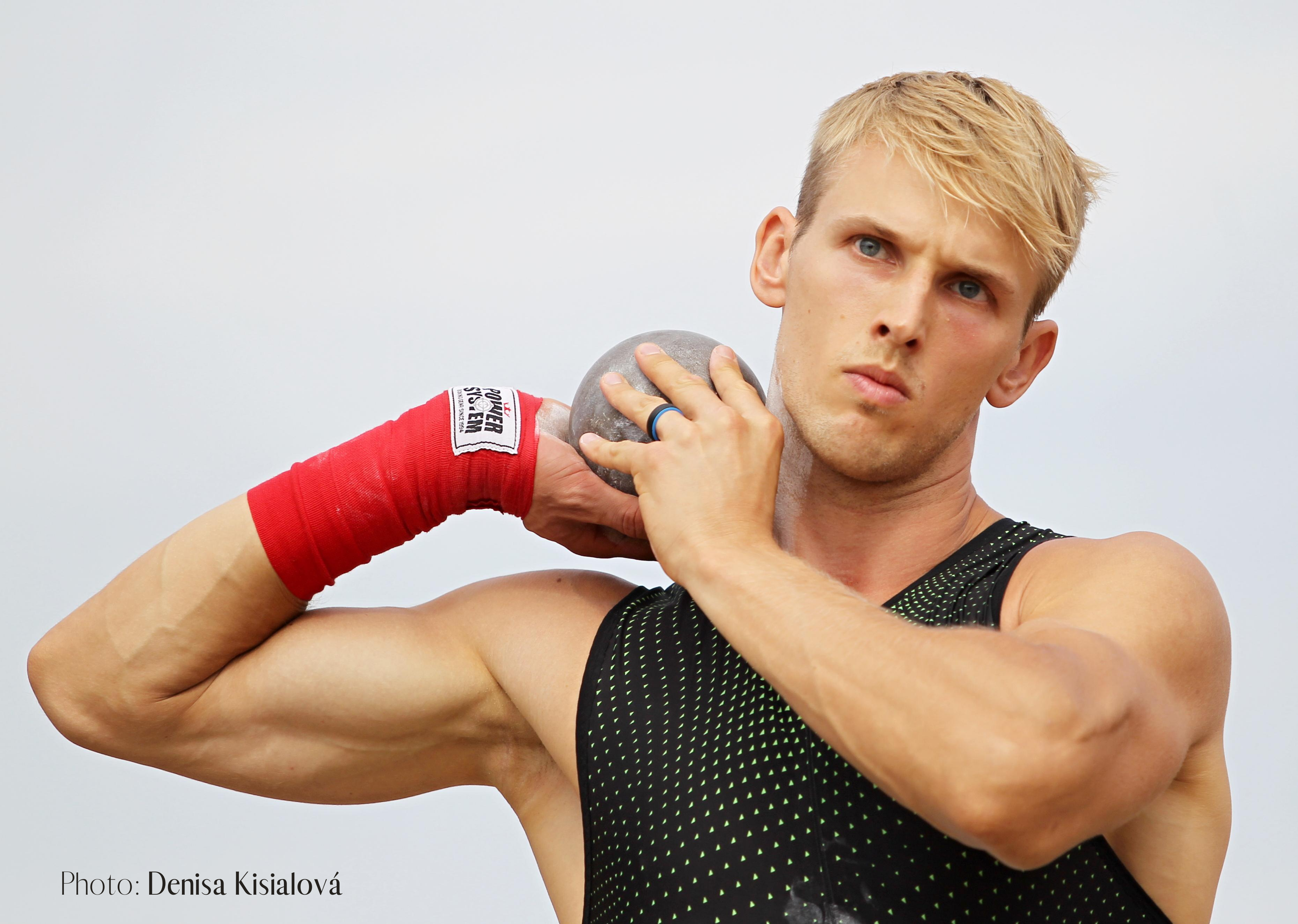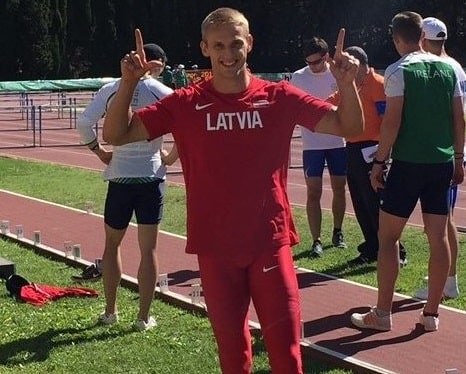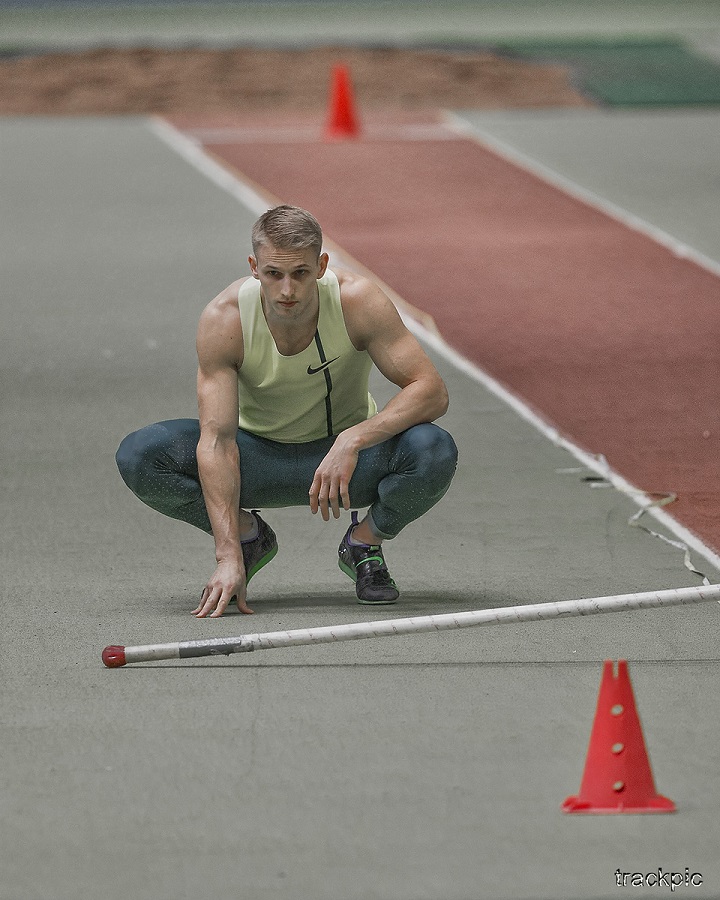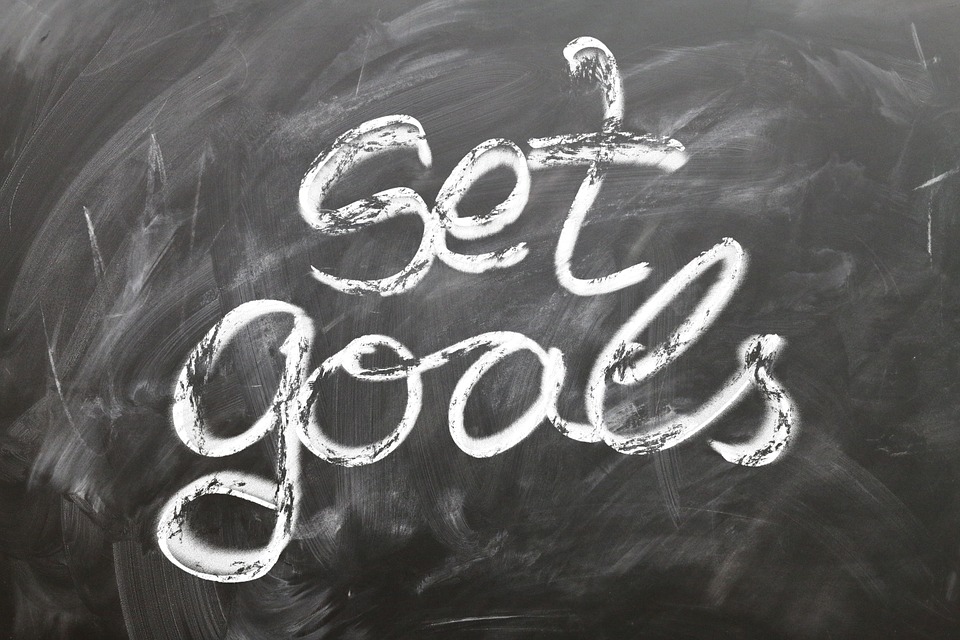Beyond Technique Training: First Year Reflections

One year ago today I published my first book, “Track and Field: Beyond Technique Training”. I didn’t plan on writing a book. It just happened to turn into one.
Over the last year I realized that the book was not a one-year-project. It constitutes my 15-year passionate journey in track and field. Without these 15 years behind it, I would not have felt compelled enough to publish it. Yet, I admit now that I need 15 more and then probably another 15 years after that to really understand what track and field is all about.
So, here is my first year reflection of Track and Field: Beyond Technique Training. The good and the bad. The pleasant and the painful.
Enjoy!
Where I struggled to practice what I preached
Maybe an easier question is – where don’t I struggle to practice what I preach? I have high expectations for myself. That makes me fail a lot.
Here is my short list (it comes with great hesitancy to share):
-
I still overanalyze much of my training and at times pull my group into this curse.I need something sweet with my coffee.
-
I don’t apply mindfulness meditations daily and I would like to, and struggle with having a good mental hygiene.
-
I don’t get 8 hours of sleep most of the time because I feel like I will miss much of life (that’s a problem).
-
I struggle finding balance between pursuing the “right” technique in decathlon technical events and simply feeling and connecting the movements. I argue with coach a lot.
-
I make mistakes with too much or too little weight training. I struggle between undertraining and overtraining (One energy pool principle).
What principles have really worked for me
-
I deliberately worked on Contextual Graduality in Training implementation. I found that, especially with speed and jumps, progressive overloading is one of the key components in training. Once there was a new high intensity element out of context, an injury flare up would occur. But when I kept things progressive with smooth transitions, I kept improving my speed, sport-specific power and other decathlon variables.
-
Always Have the Big Picture in Front of You, was another principle that I reflected upon regularly. Thinking about the training plan for the week and the competition calendar helped me evaluate what kind of intensity I needed to bring to each training. That in turn kept me healthier and I could recover better for the high intensity training sessions. I realized that intention was a variable I had full control over.
-
Taking Ownership - A Lesson of Empowerment kept reminding me that I’m the only one who can know me. And I’m the only one who is ultimately responsible for my sports career development. Not my coach, physio, wife or doctor. Sometimes it meant filtering what the good team around me suggested I do. Sometimes it meant to go uncomfortably to coach and ask for a modified training or completely different kind of training. It reminded me that no one can afford to take the time to learn all about me and my needs as an athlete. I had to take ownership of my choices to get better. I learned to be more comfortable with being uncomfortable.
-
Brain Balance. This year the quarantine set up was an excellent teacher to me. I could not train with my group, and the first two months I trained in parks, playgrounds and school territories in Prague. It was not an optimal decathlon training environment. But, IT WORKED! I forced myself not to overthink and overdo it. I did the bare minimum to stay healthy and keep gaining training adaptations. I forced myself not to think about track outside of training. I tried not to visualize the technical aspects of training but rather dream and imagine the feelings that follow a good attempt in the shot put, hurdles, discus… I threw big rocks instead of shot put, tried to connect them with my body movements, and not think about lines and angles. Interestingly enough, because I had no access to a weight room for 2.5 months, I detrained my strength levels, but I was much more connected. I improved my 5-year old shot put personal best four! times this season. In other words, I stepped away from loads of movement analyses, and tried to pursue further each moment of training through my senses – experiential brain.
The feedback I received
The book seemed to attract athletes with heavy injury history like my own. Most readers appreciated the story aspect and personal experience theme throughout the book. It was one of my hopes with this project - I wanted it to be relatable and applicable.
The only criticism about the book I have received is that it’s too much common sense, meaning, I said things that everyone kind of knows already. My answer is: that’s the point.
The reality of common sense when you deal with humans often is that it’s not so common. My hope with the book wasn’t to get attention and establish “an expert” status on isolated topics that tie into track and field. It was to invite athletes and coaches to step away from their egos and consider the big picture problems that are commonly seen in track and field on a global scale.
Rarely does the book talk about groundbreaking science in the sport performance world. But it does invite you to think. Thinking is hard and time-consuming. At least the chapters are bite-size.
Also, during the quarantine I had a unique thought experiment with one of the book chapters. I attended an online webinar set by the International Olympic Committee. There I could ask Ashton Eaton questions regarding his current career and former decathlon career. One of my questions was something like: “Do you think it’s possible to pursue elite level decathlon while managing a part time career in other sphere of life?” In context of the book, it’s a slight stretch question from the chapter – A Tipping Point of Having More Free Time. In this chapter I invite athletes to consider doing other things than just their sport, and that more life outside the sport would bring additional benefits to their sport performance due to better mental balance.
In short, Ashton said no. Initially, I had mixed feelings after hearing his response. I knew he surely knows what it means to be an elite track athlete and his opinion shouldn’t be ignored, but I also don’t think he necessarily disagreed with my thoughts that athletes need life outside their sport to be excellent in their sport. In fact, Ashton added that he wished he would have done more networking with people while pursuing elite decathlon. That’s quite different from being isolated in a room and analyzing the decathlon movements every waking hour.
That said, I’ve definitely faced thoughts and evidence that challenged my principles, or at least made me think deeper about them. And at the same time, it reminded me that I’m prone to mental rigidity, and I must continue working to keep my ego in check in order to keep growing as an athlete and a future coach.
What surprised me about the book’s feedback
Unexpectedly, I have received good questions about the book from a large spectrum of athletes from different sports. Hockey, skydiving, rugby, bobsled, Olympic weightlifting and others. Some of the principles fit nicely into other sports as well.
Also, I notice that many young track athletes in the Czech Republic greet me in competitions as if I was an old professor of some sort. It always makes me laugh. I much rather like to be seen as a guy who would like to have a good cup of coffee along with a conversation that helps you think about deep problems in sport and life. That’s because I believe that lecturing hardly ever solves complex real-world problems, while good discussions have the capacity to do just that.
What other issues I would like to have covered and might do in the future
I would like to have covered a few new principles that help track athletes gain the cumulative training effect.
For example, I would write a long chapter or article on the trap that many coaches fall into by pushing their U16 - U20 athletes to their limits early just to qualify for and medal at youth and junior championships. Many coaches choose to squeeze out their U16-U20 athletes early just to qualify for and medal at youth and junior championships. Again, it’s not a black and white issue but it’s definitely a topic that requires very close examination. To me it’s more like a worldwide track and field pandemic of sort! And I was raised in this pandemic myself.
Also, since last year I’ve become heavily interested in the concept of the Central Nervous System optimization and how that fits into training individualization for track and field athletes. Obviously, that’s a huge topic and a full book could easily be written on it alone. It’s a topic that is hard to study and even harder to apply. Coaches often like to sweep it under the rug – but what works for one, might be harmful for another. Athletes are wired differently. Different methods need to be applied and athletes’ individual tendencies must be recognized.
Join my team!
Half a year after I published the book, a few people asked me if there are things I wish I would have done differently. Yes. I would have not written a book. That sounds crazy, right?
Instead, I would have presented the principles in a more visual format to make it more widely used by athletes. I learned that not many track athletes like regular reading. Period.
But for that I would need a team. I like writing, not drawing and making videos. If you are crazy about track and field and enjoy putting together awesome video content, I invite you to be on my team to help connect the missing links in the global track and field world.
Photo credit: Denisa Kisialová (Jojka.cz)





Comments